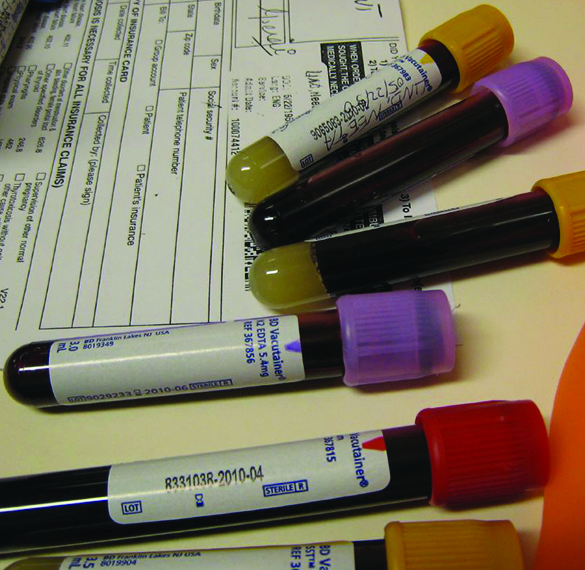| << Chapter < Page | Chapter >> Page > |
In the previous two examples, we have seen that Mg(OH) 2 or AgCl precipitate when Q is greater than K sp . In general, when a solution of a soluble salt of the M m+ ion is mixed with a solution of a soluble salt of the X n– ion, the solid, M p X q precipitates if the value of Q for the mixture of M m+ and X n– is greater than K sp for M p X q . Thus, if we know the concentration of one of the ions of a slightly soluble ionic solid and the value for the solubility product of the solid, then we can calculate the concentration that the other ion must exceed for precipitation to begin. To simplify the calculation, we will assume that precipitation begins when the reaction quotient becomes equal to the solubility product constant.

For this reaction:
(see Appendix J )
CaC 2 O 4 does not appear in this expression because it is a solid. Water does not appear because it is the solvent.
Solid CaC 2 O 4 does not begin to form until Q equals K sp . Because we know K sp and [Ca 2+ ], we can solve for the concentration of that is necessary to produce the first trace of solid:
A concentration of = 8.9 10 –6 M is necessary to initiate the precipitation of CaC 2 O 4 under these conditions.
4.5 10 –9 M
It is sometimes useful to know the concentration of an ion that remains in solution after precipitation. We can use the solubility product for this calculation too: If we know the value of K sp and the concentration of one ion in solution, we can calculate the concentration of the second ion remaining in solution. The calculation is of the same type as that in [link] —calculation of the concentration of a species in an equilibrium mixture from the concentrations of the other species and the equilibrium constant. However, the concentrations are different; we are calculating concentrations after precipitation is complete, rather than at the start of precipitation.
We need to calculate the concentration of OH – when the concentration of Mn 2+ is 1.8 10 –6 M . From that, we calculate the pH. At equilibrium:
or
so
Now we calculate the pH from the pOH:
If the person doing laundry adds a base, such as the sodium silicate (Na 4 SiO 4 ) in some detergents, to the wash water until the pH is raised to 10.52, the manganese ion will be reduced to a concentration of 1.8 10 –6 M ; at that concentration or less, the ion will not stain clothing.
10.97

Notification Switch
Would you like to follow the 'Ut austin - principles of chemistry' conversation and receive update notifications?